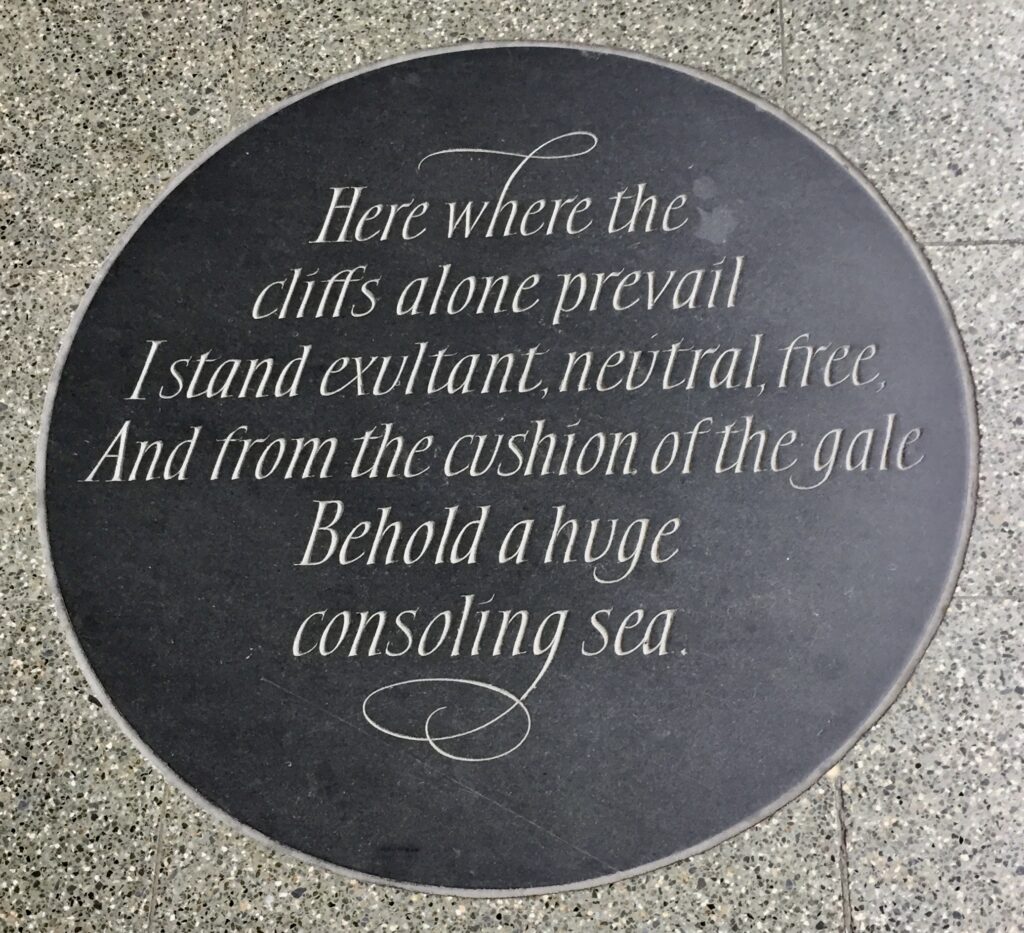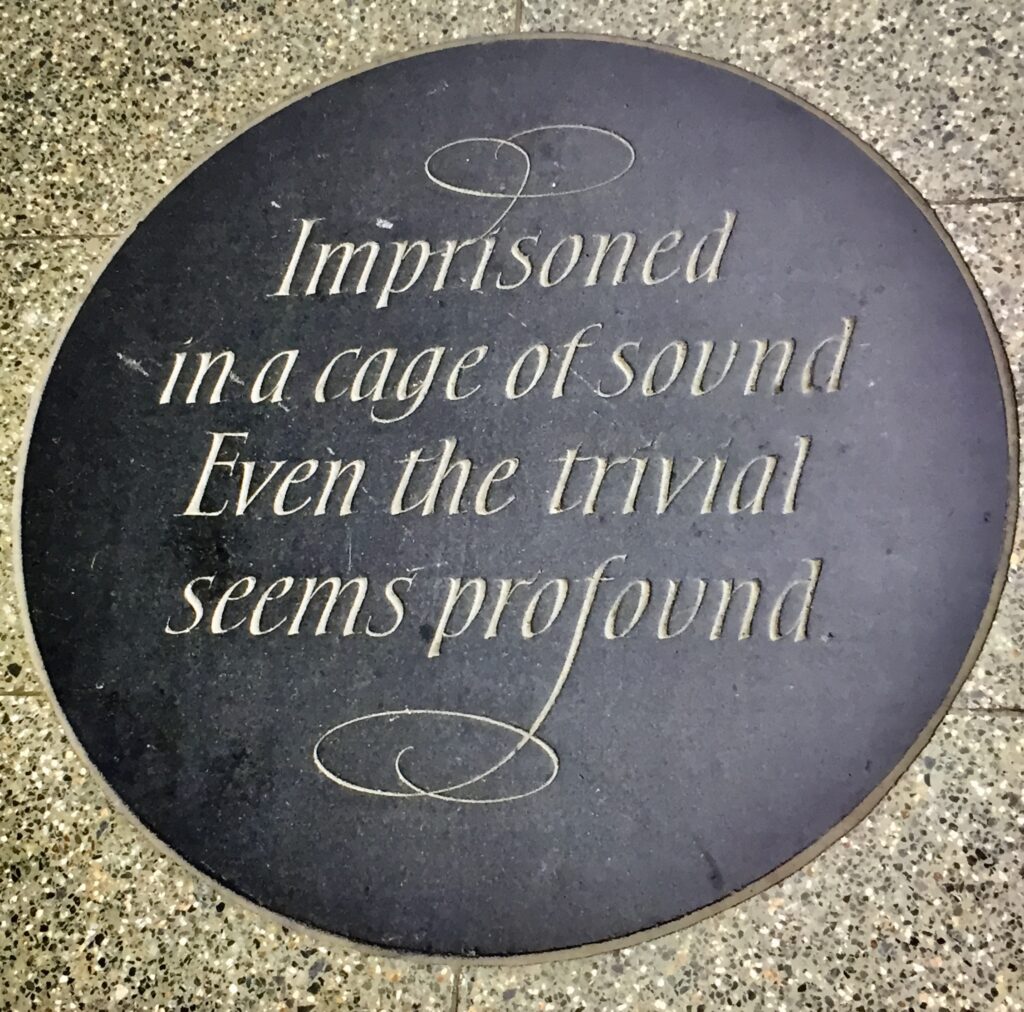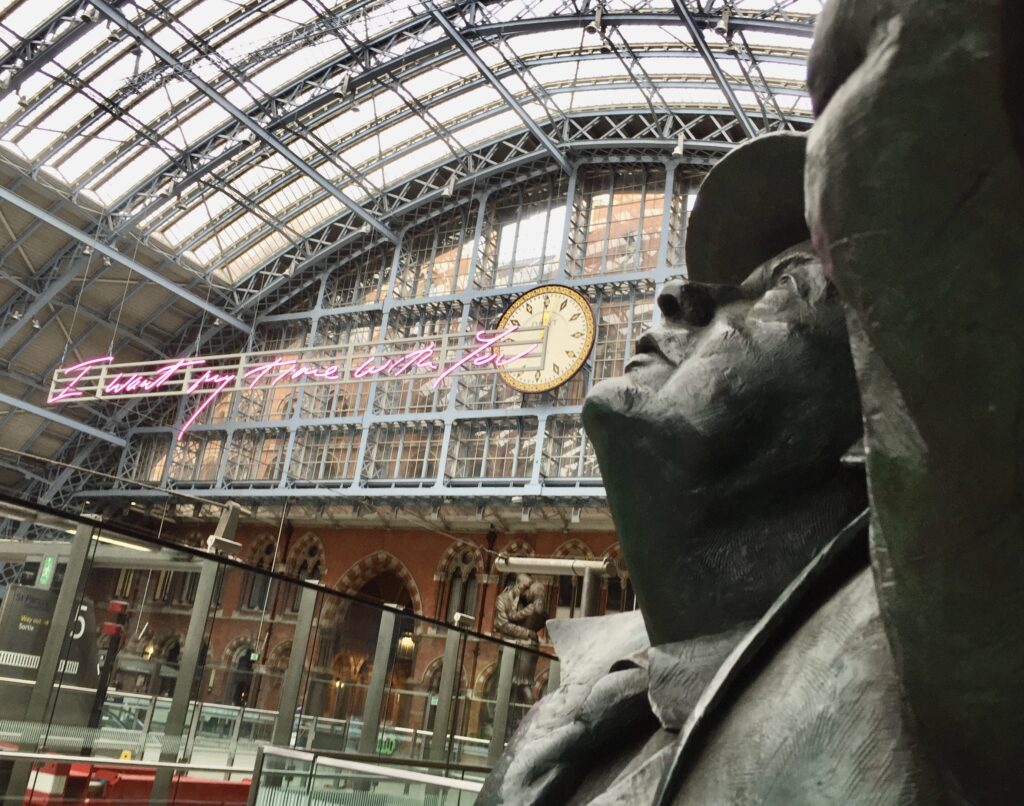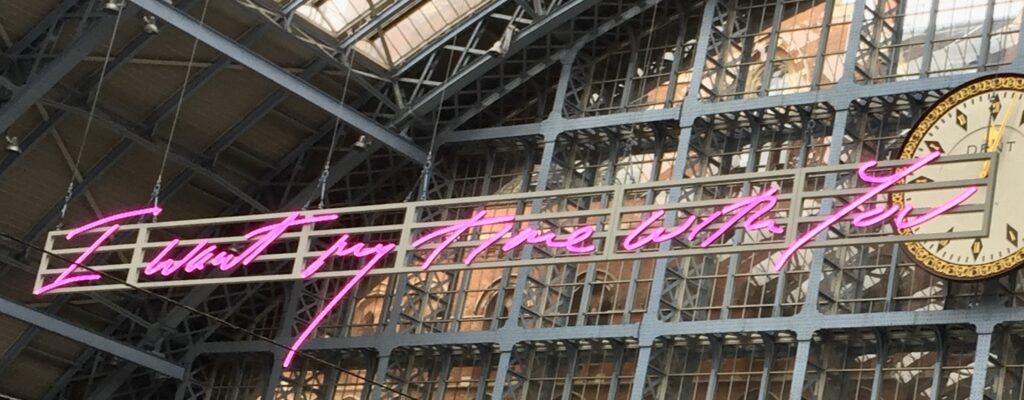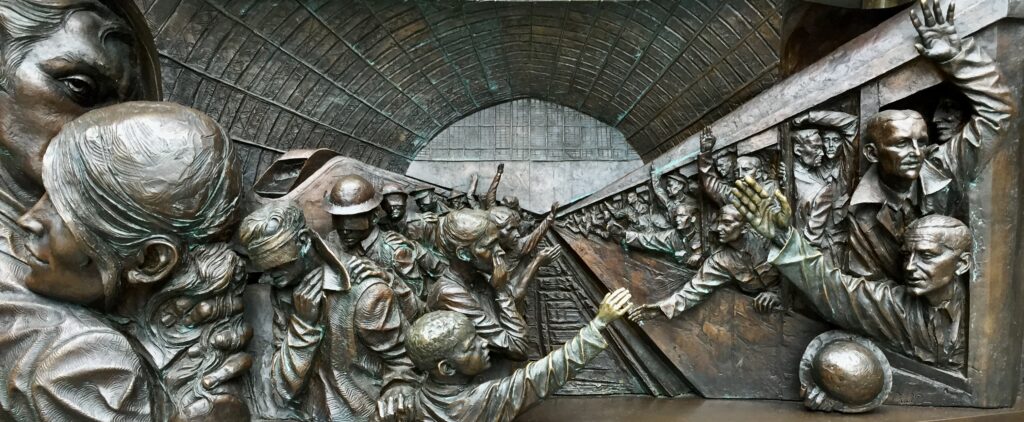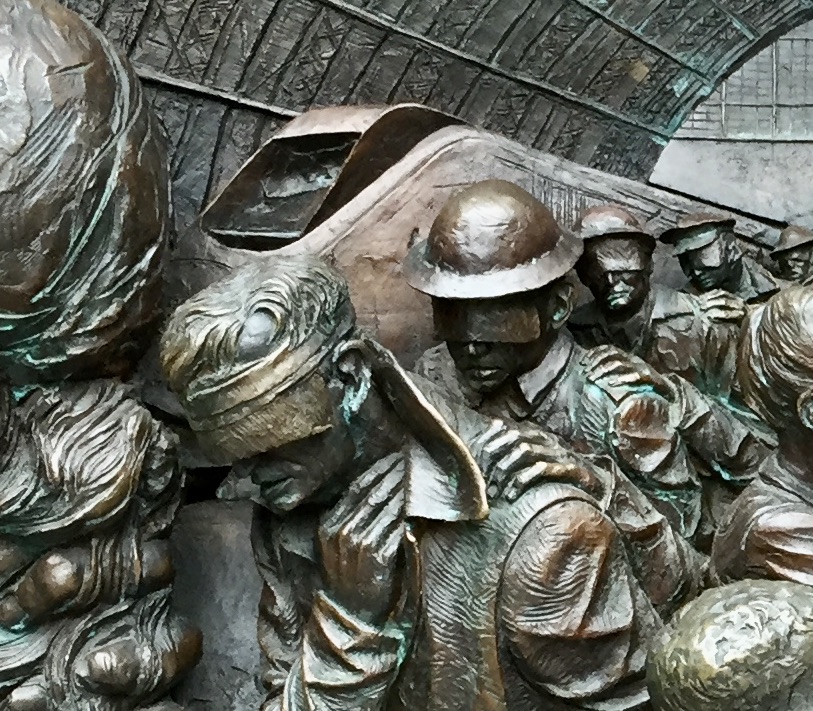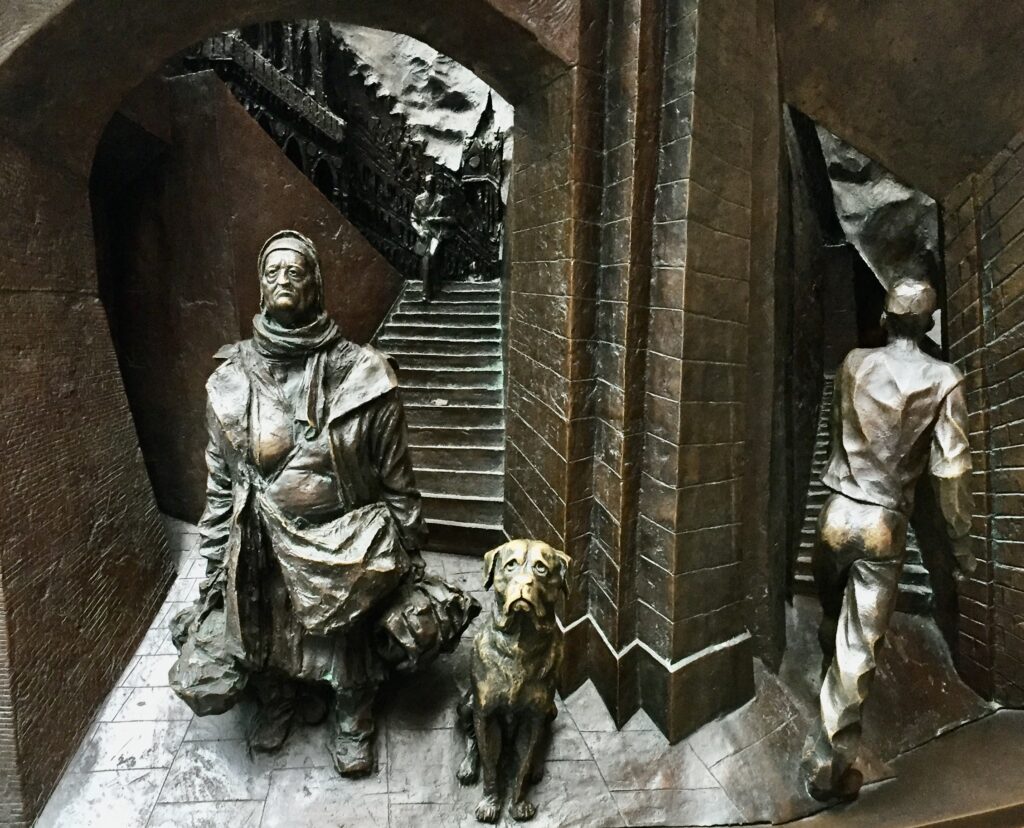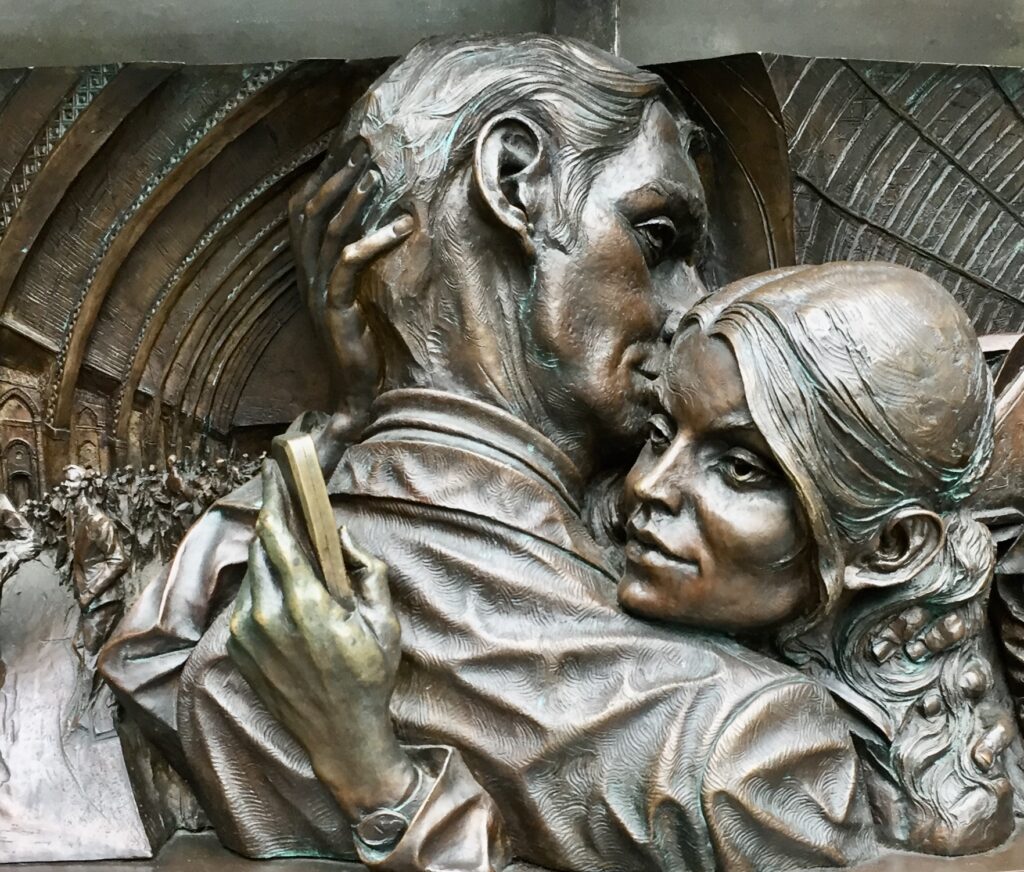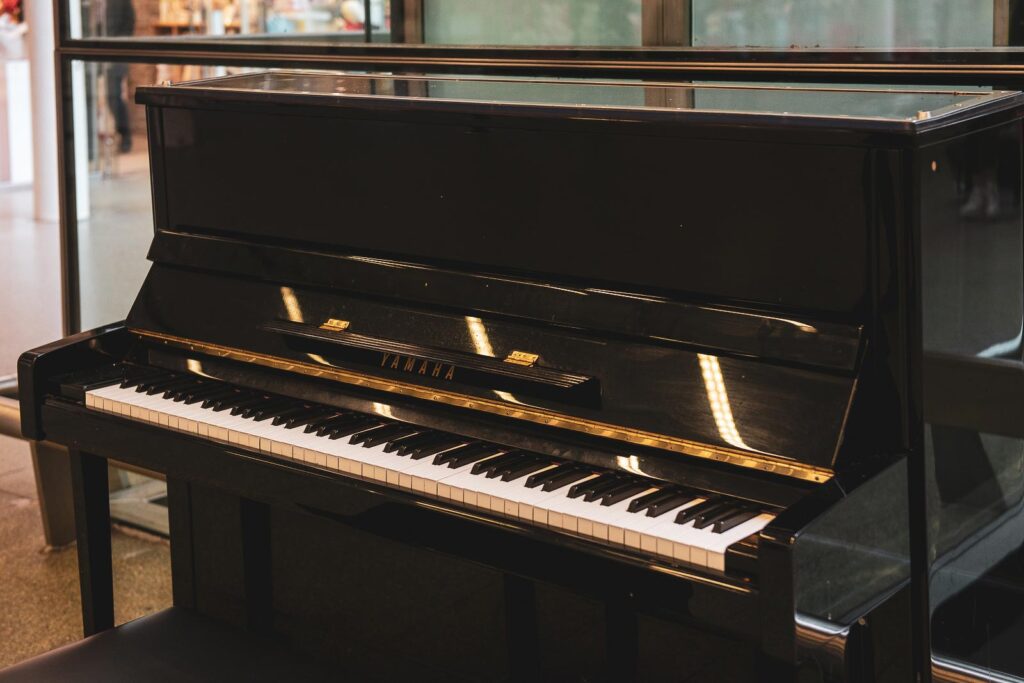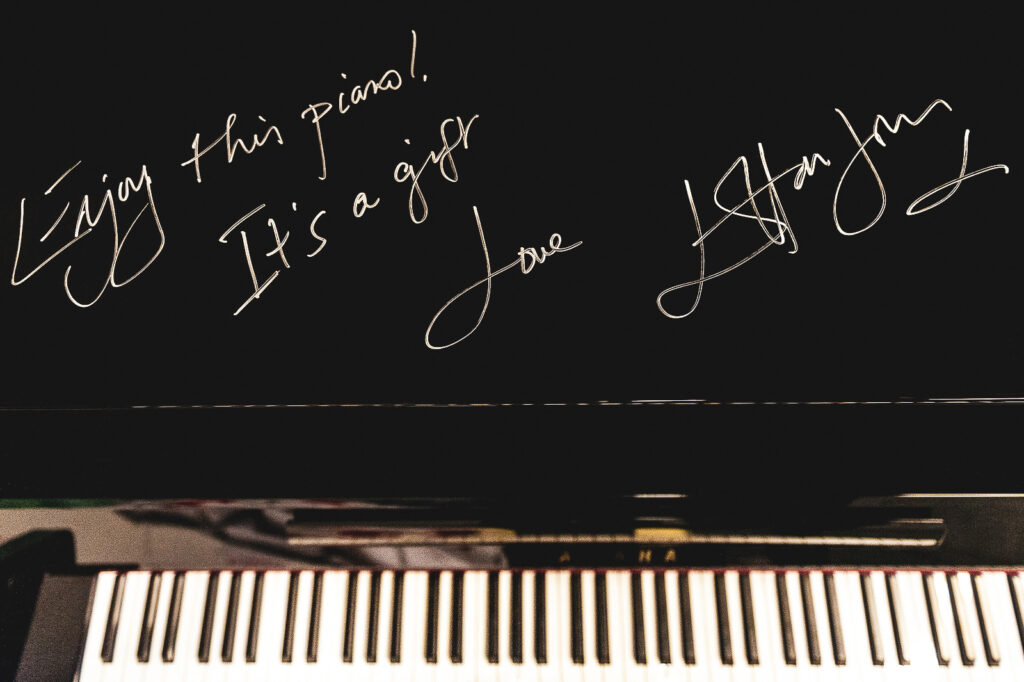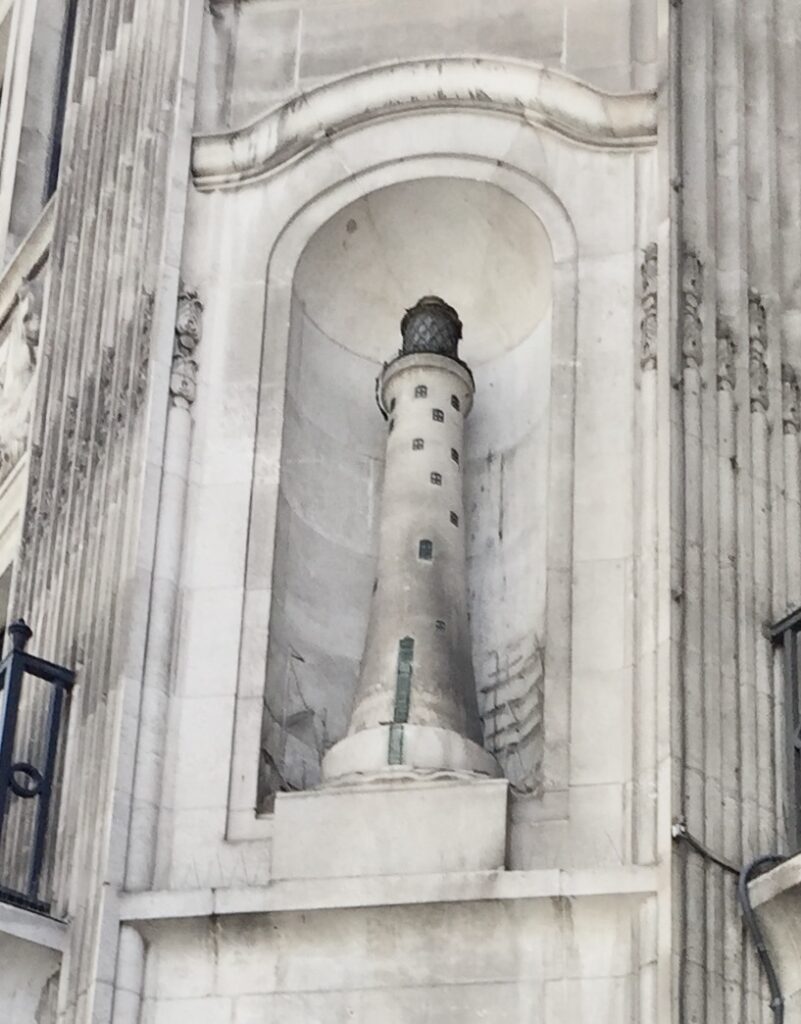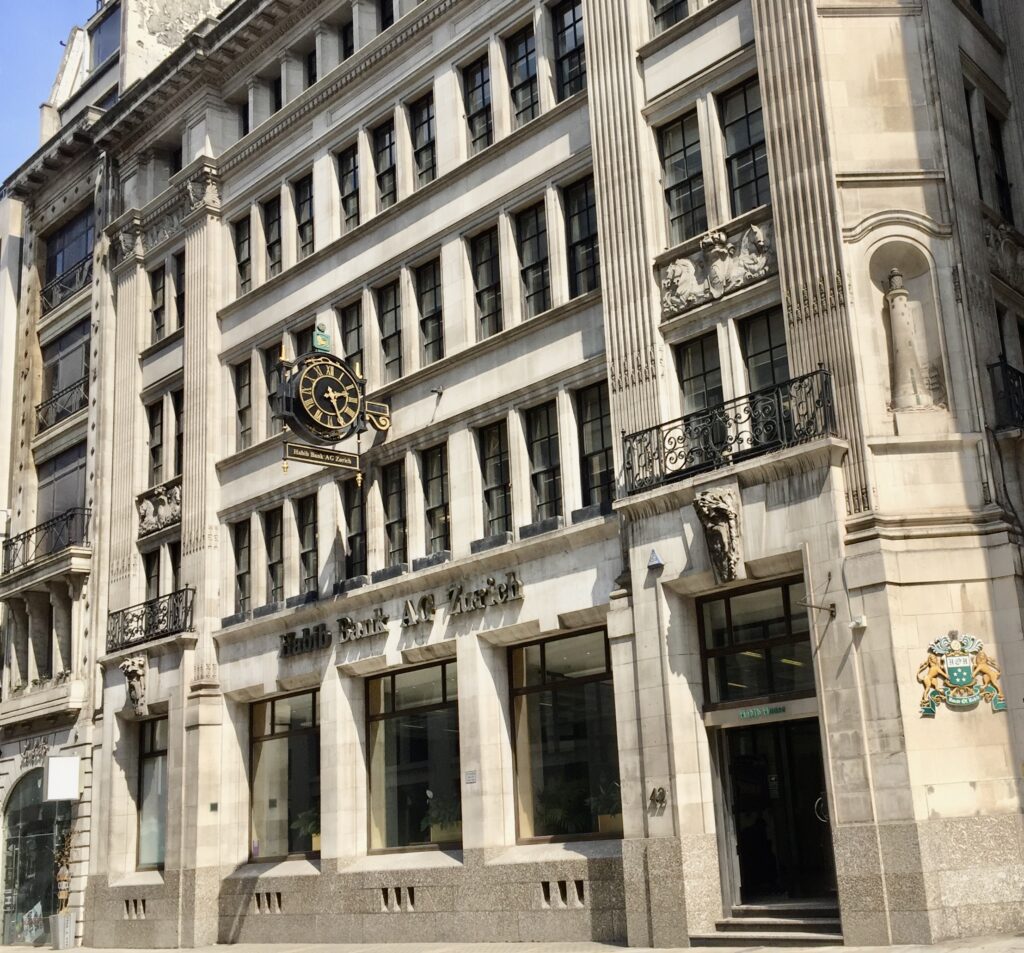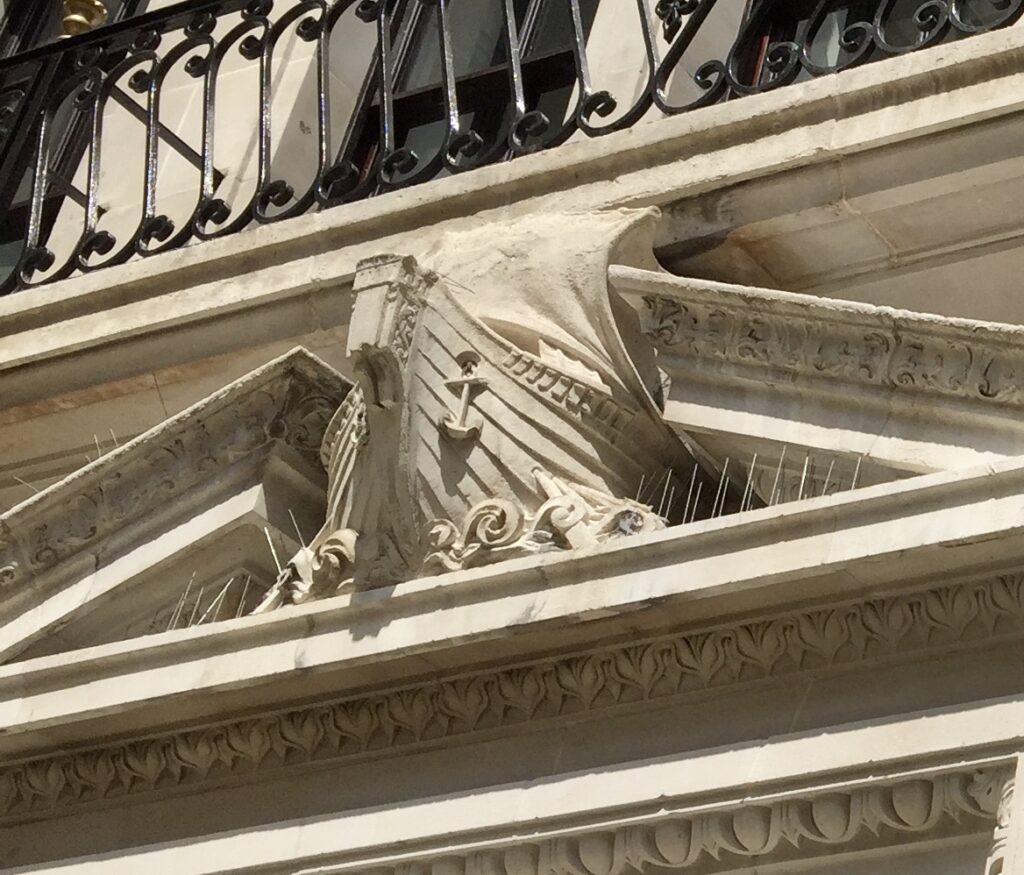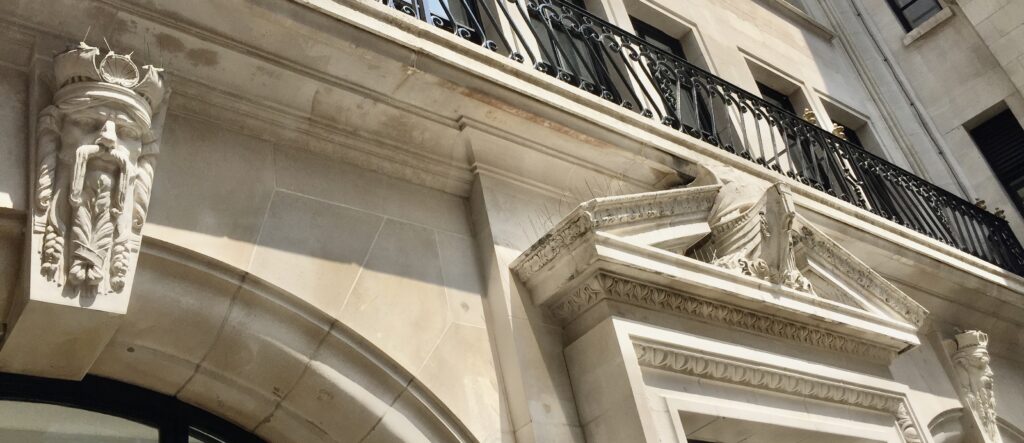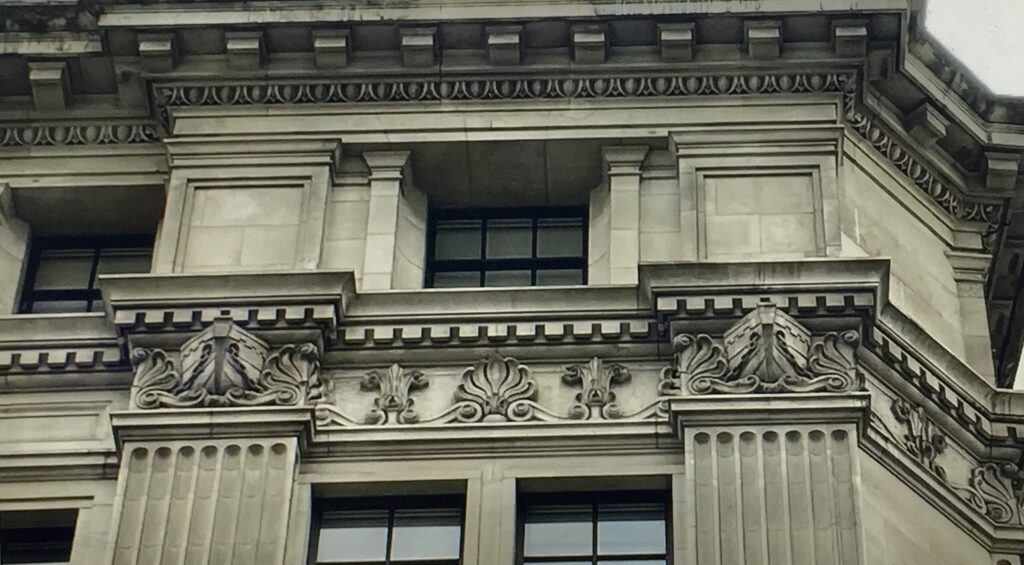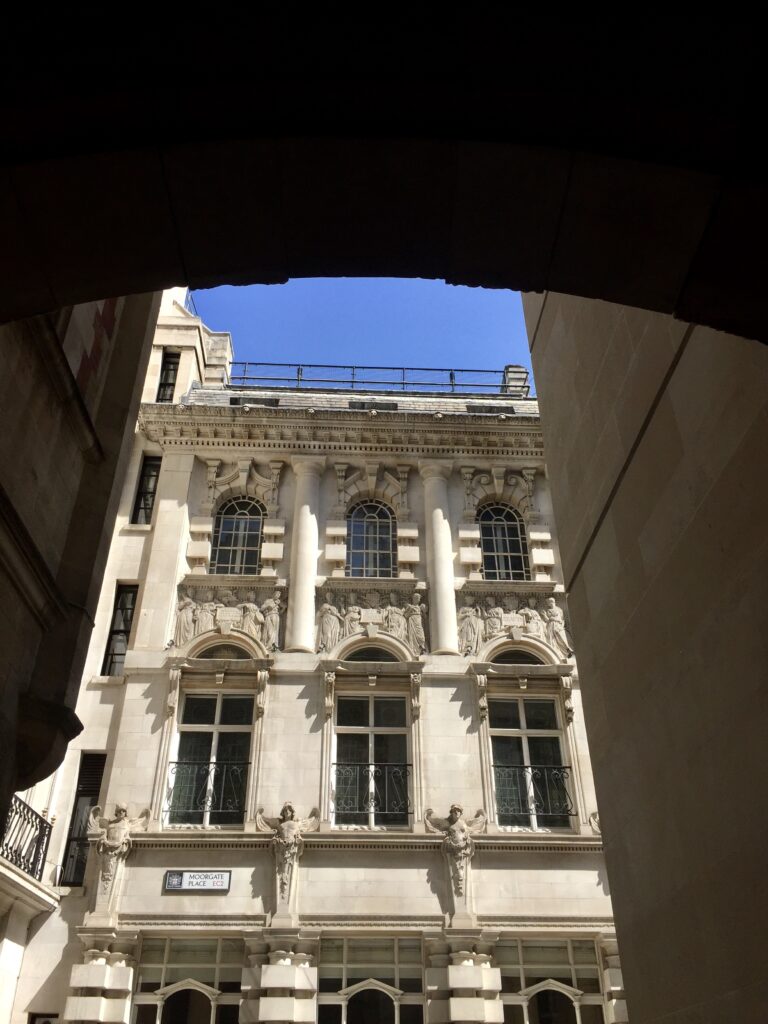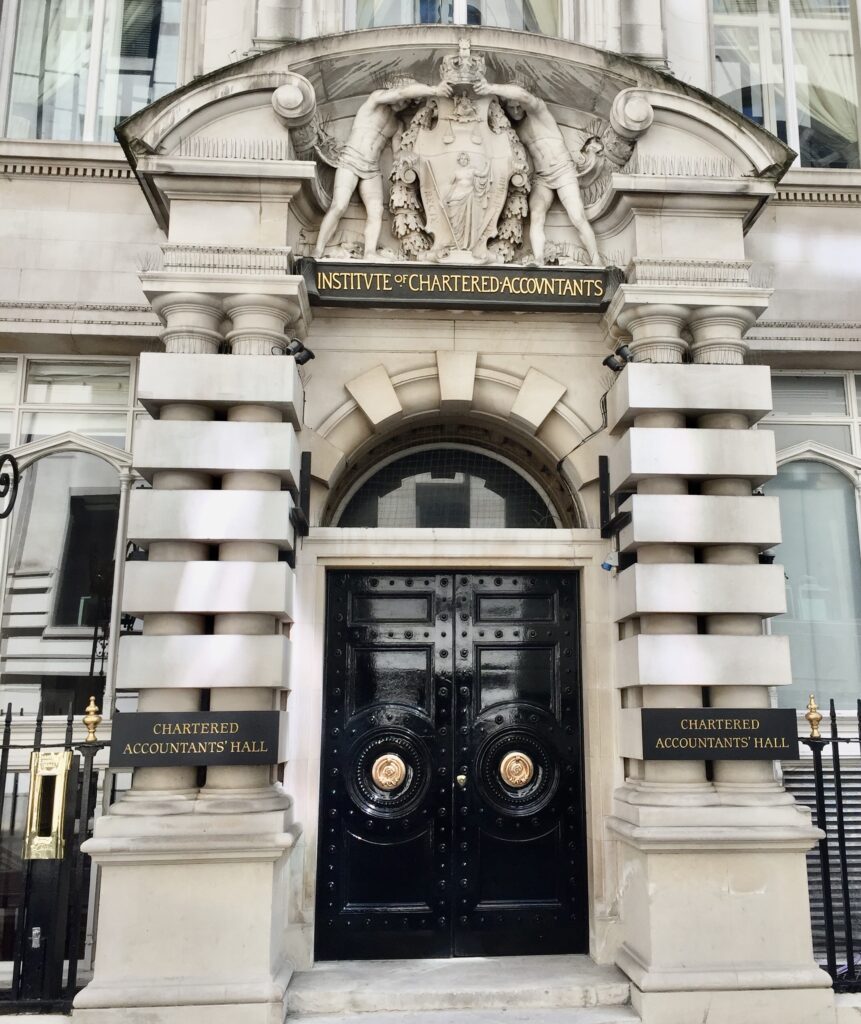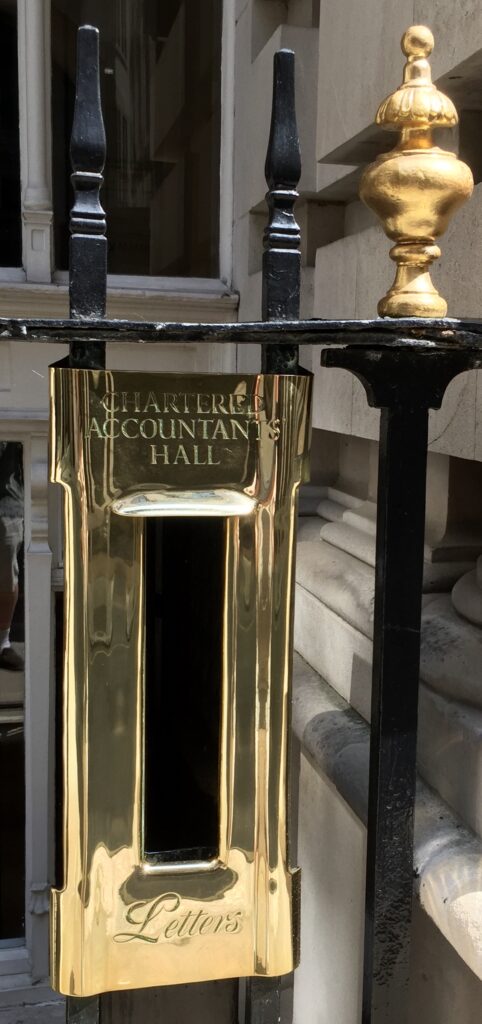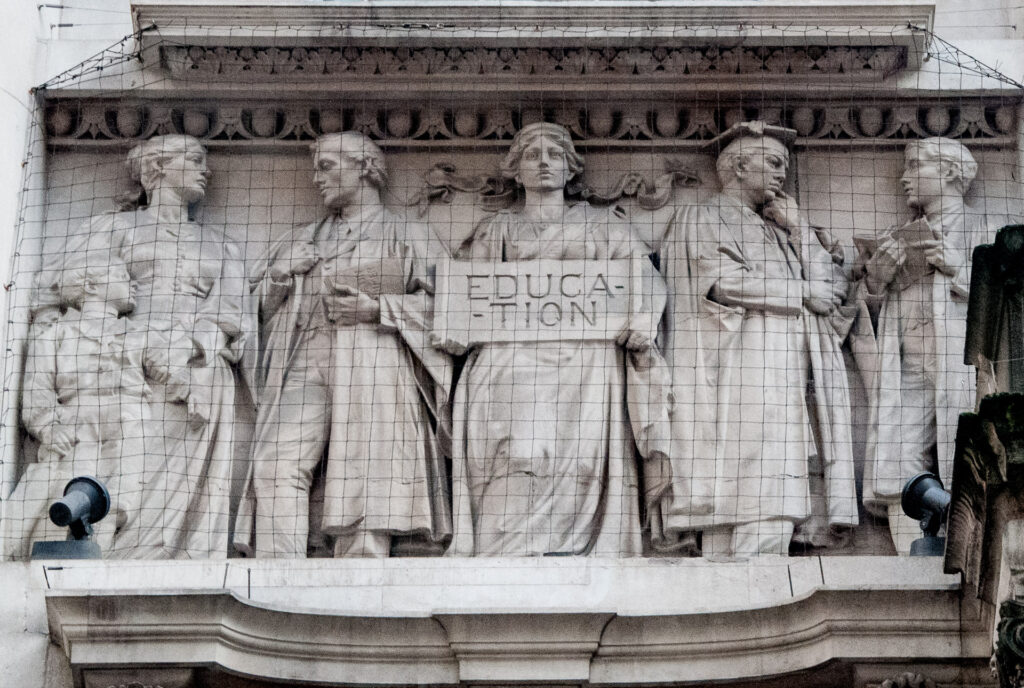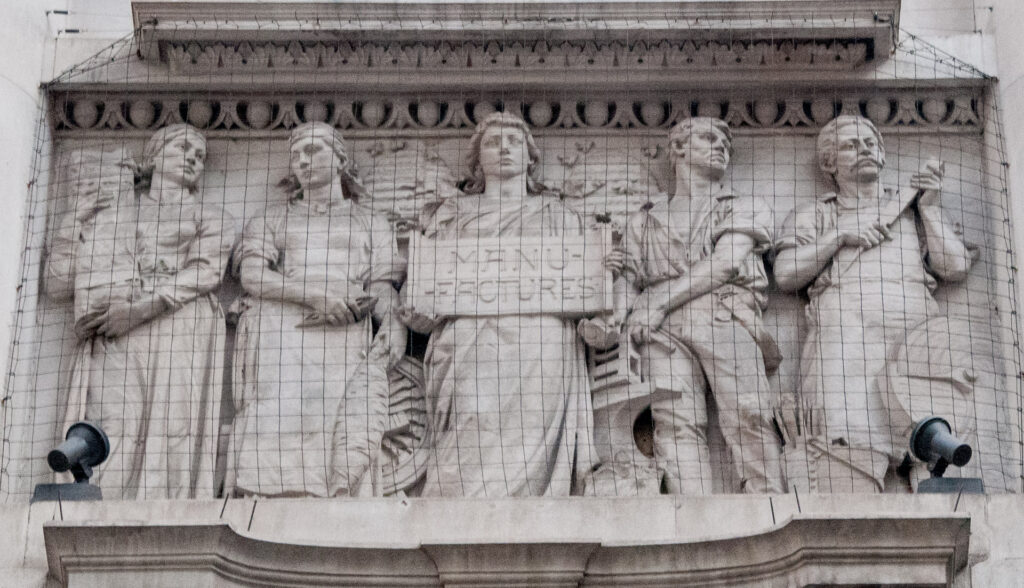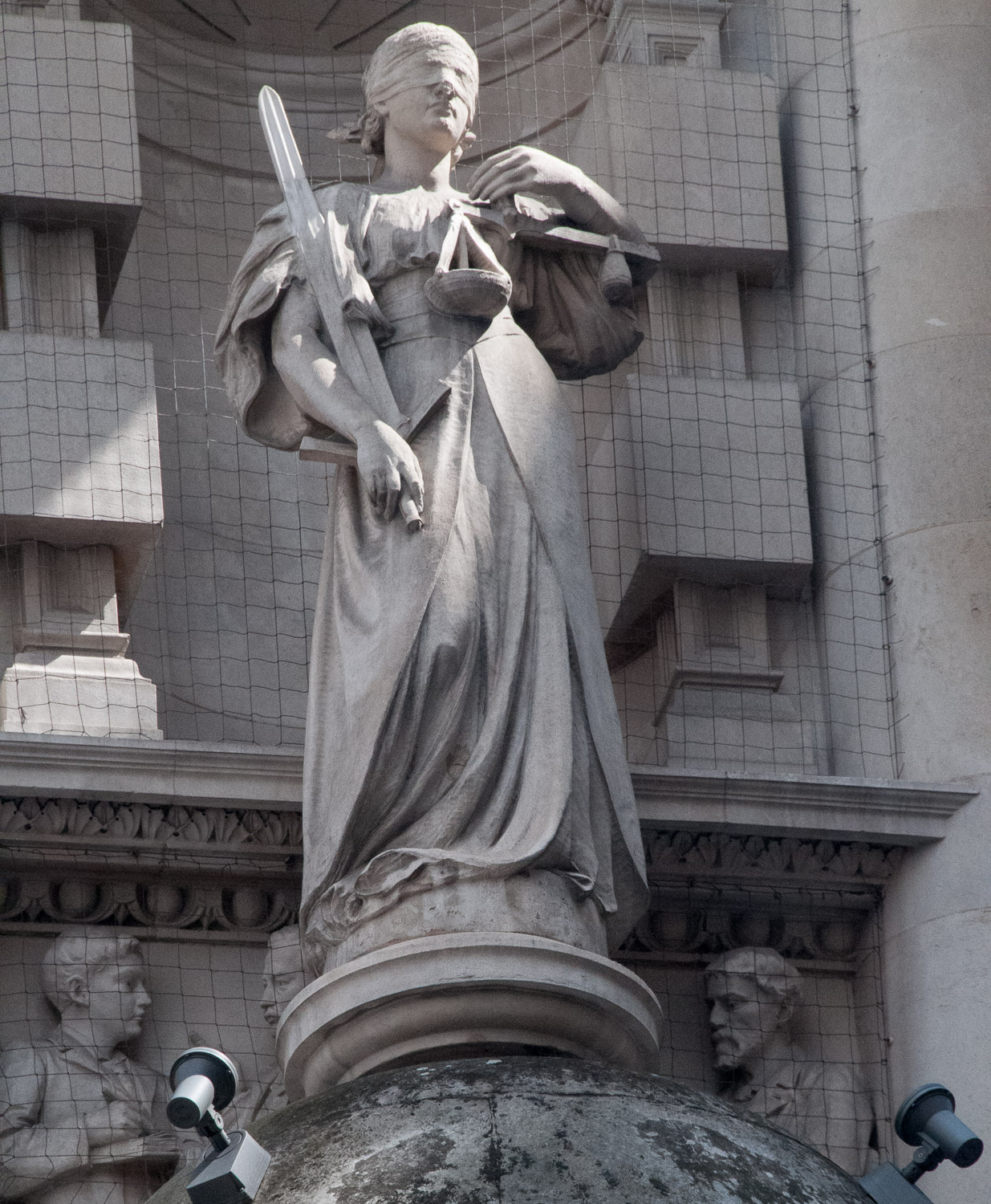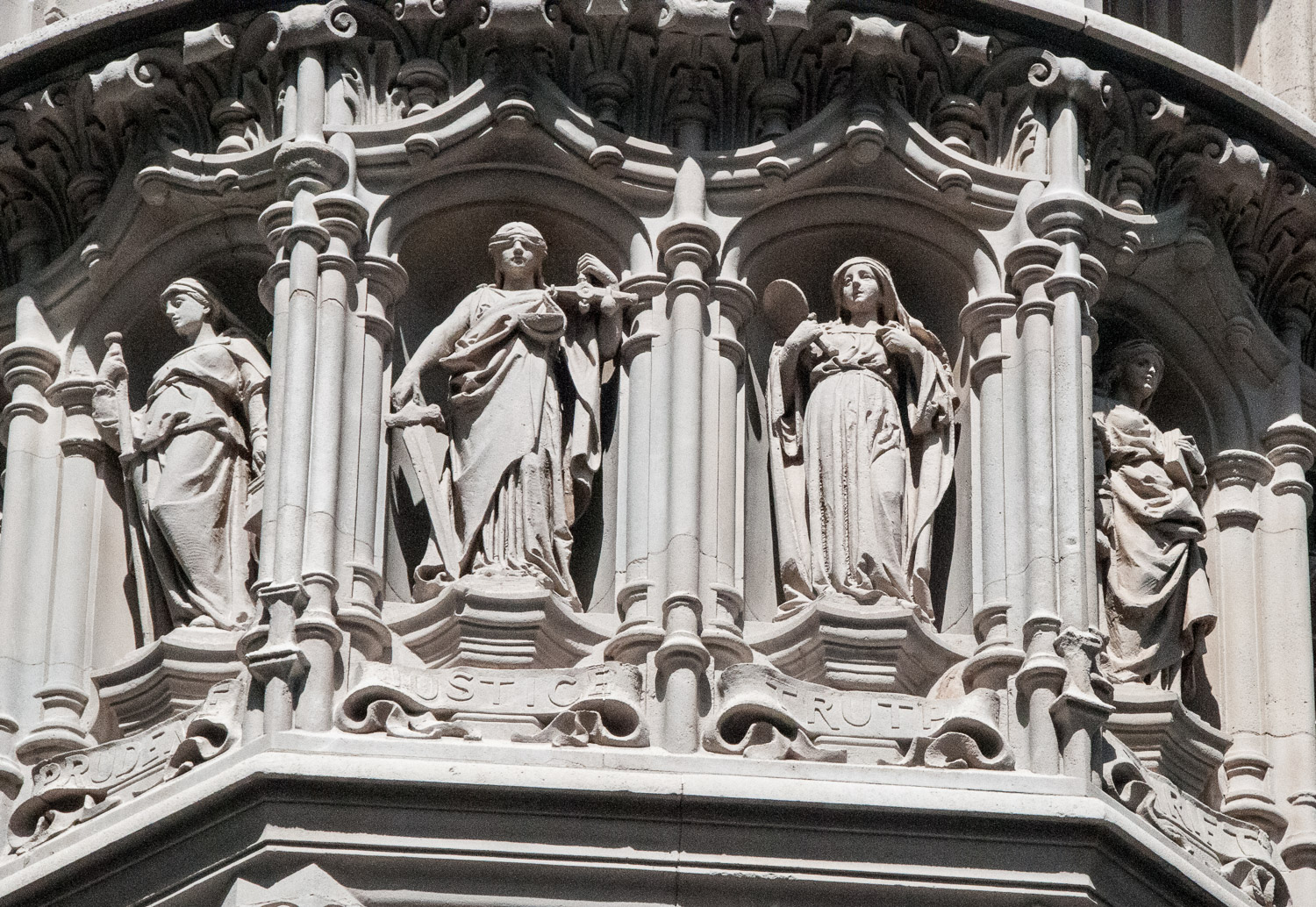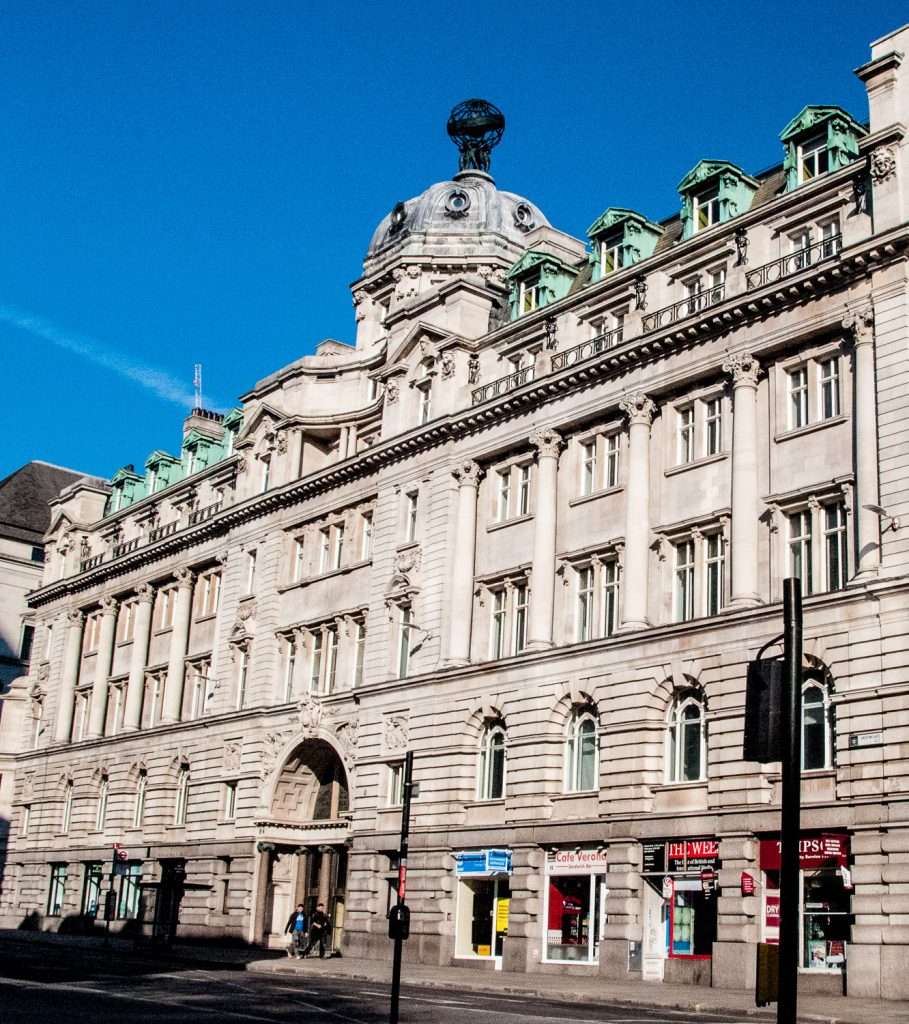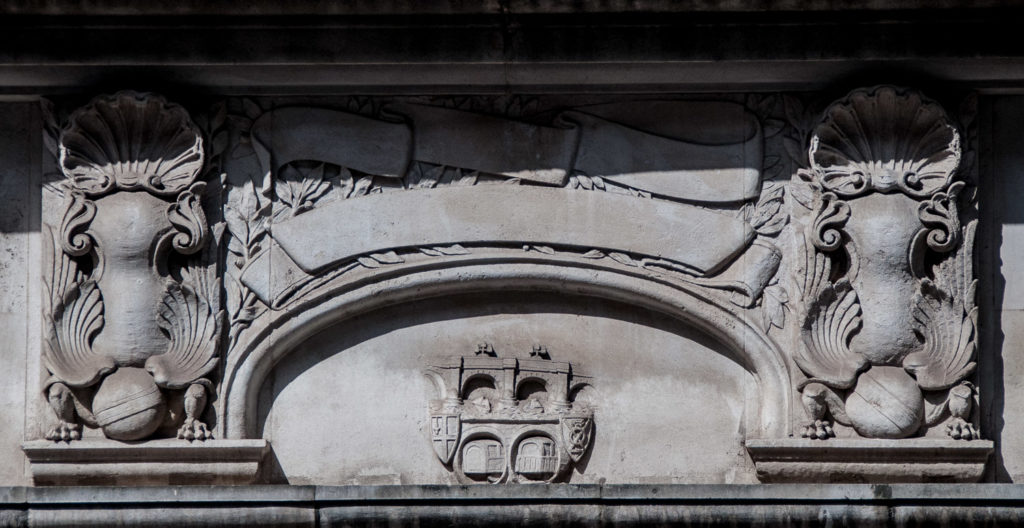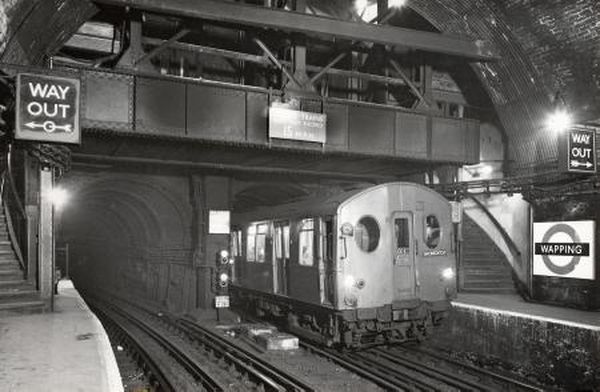Oh, bliss, the Museum of London is easily accessible again and I paid a visit last week. It wasn’t at all crowded (Monday afternoon) and I was looking for a theme that might be interesting. I chose faces.
Let’s get two gruesome ones out of the way first.
Thousands of Londoners flocked to witness the execution of Charles I on 30th January 1649. This curious painting represents Charles as saintly martyr, his head re-attached to his body with stitches around the neck. The three lamenting women represent England, Scotland and Ireland …
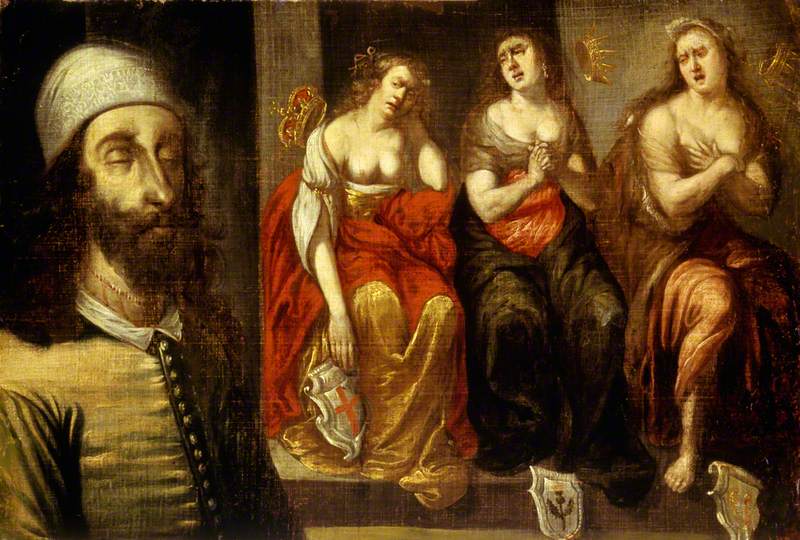
Also commemorated in the museum is the most famous regicide, Oliver Cromwell, only instead of a portrait it’s his death mask* …
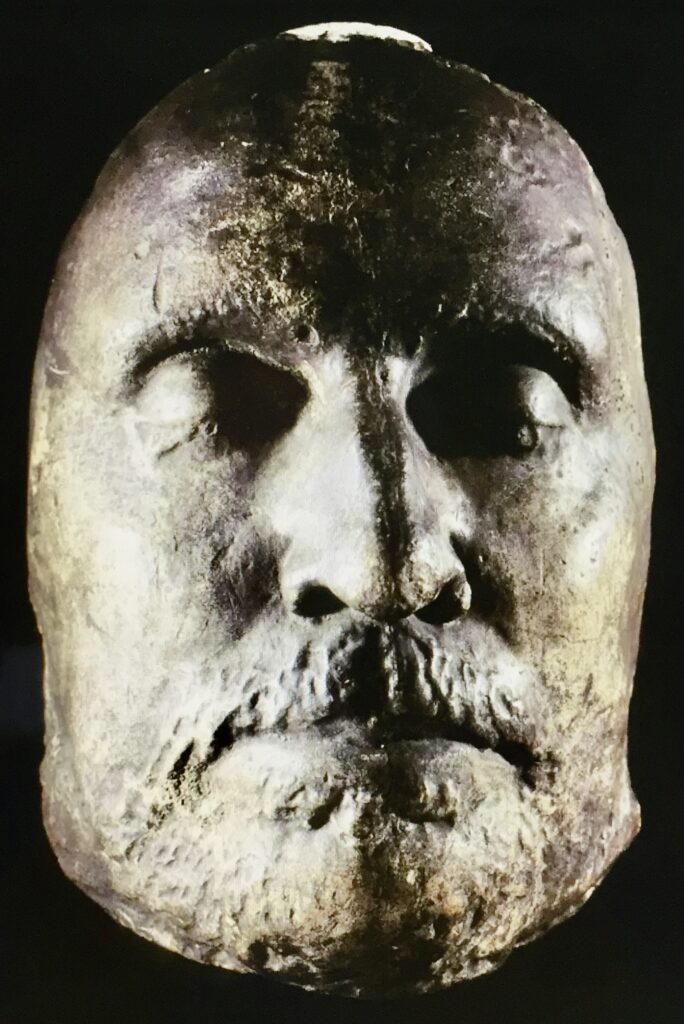
When he died on 3rd September 1658, aged 59, a wax mould was made of his features and was most probably kept by its maker, Thomas Simon. Plaster-casts were made from this original and many now exist in museums both in this country and abroad. Cromwell was buried with great ceremony in the burial place of the Kings at Westminster.
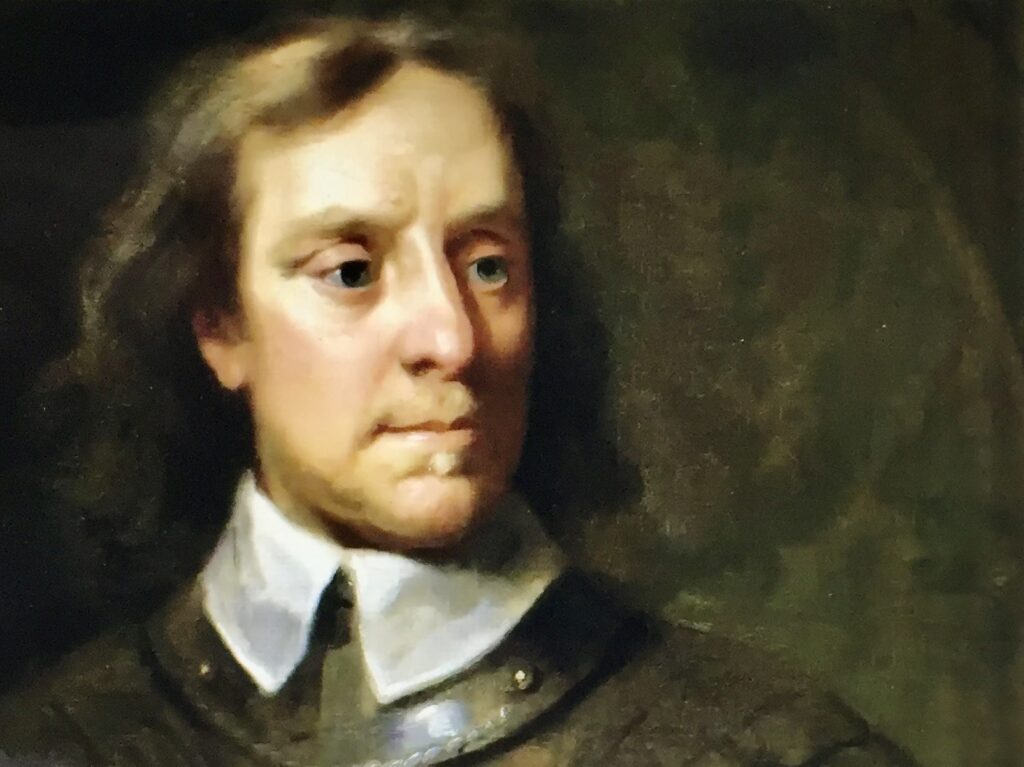
He was not destined to rest in peace for long. On the morning of 30 January 1661, the 12th anniversary of the execution of King Charles I, his exhumed body, and that of two other regicides, was dragged in an open coffin on a sledge through the streets of London to Tyburn gallows. There each body was hanged in full public view until around four o’clock that afternoon. After being taken down, Cromwell’s head was severed with eight blows, stuck on a 20-foot pole, and raised above Westminster Hall …
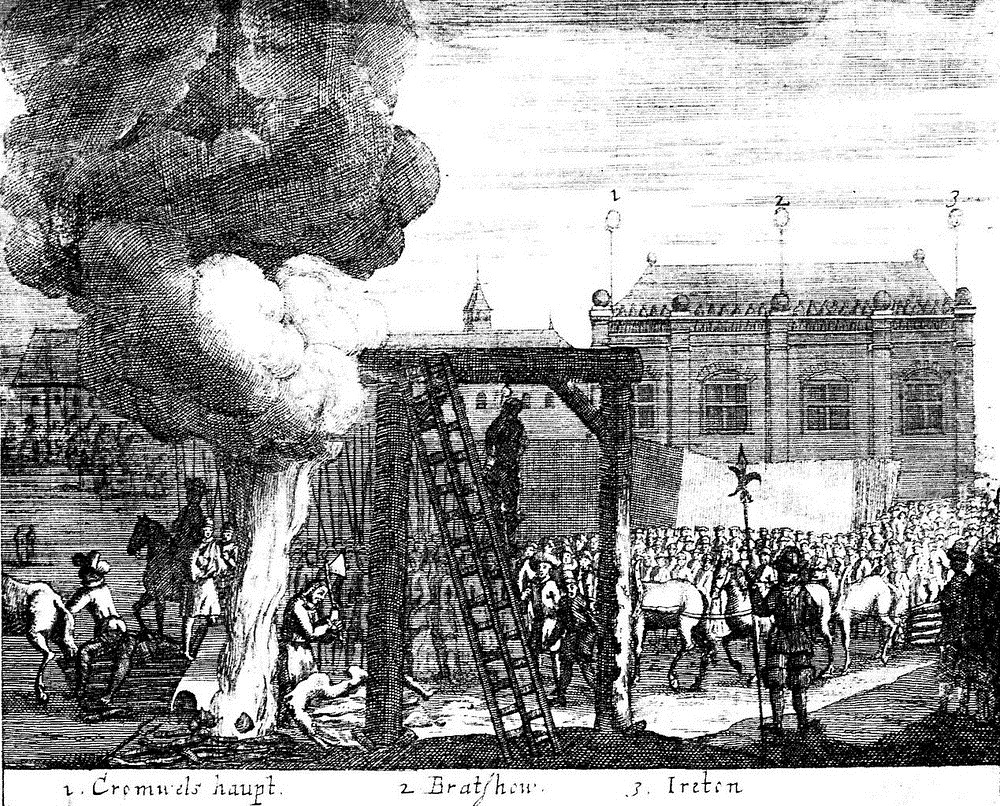
There are different theories as to what became of his remains – you can read about them here.
And now to a beautiful Roman lady who died young …
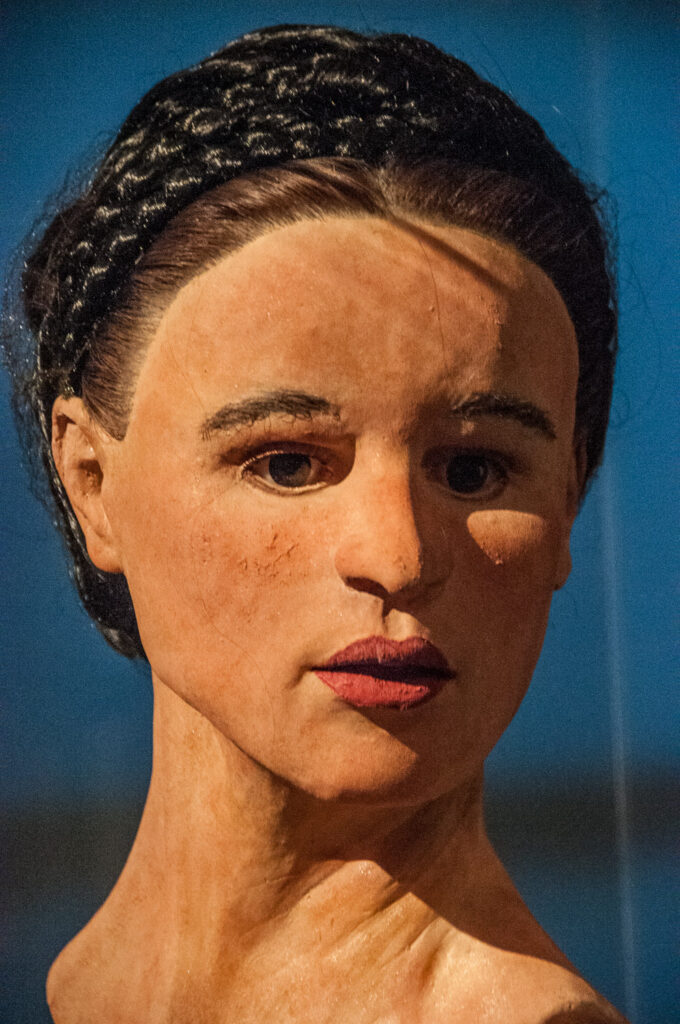
In March 1999, builders working on the redevelopment of Spitalfields Market made a remarkable discovery – a beautifully carved stone sarcophagus, unopened, and obviously holding the remains of someone of exceptional wealth and status. When examined at the Museum of London, the lead coffin inside was found to contain the body of a young woman. Further analysis revealed that her head had rested on a pillow of bay leaves, that she had been embalmed with oils from the Arab world and the Mediterranean, and that she was wrapped in silk, interwoven with fine gold thread. Isotopic analysis of her teeth revealed, not only that she came from Italy, but from Imperial Rome itself. What we do not know is who she was, and why she was so far from home when she died in about AD 350.
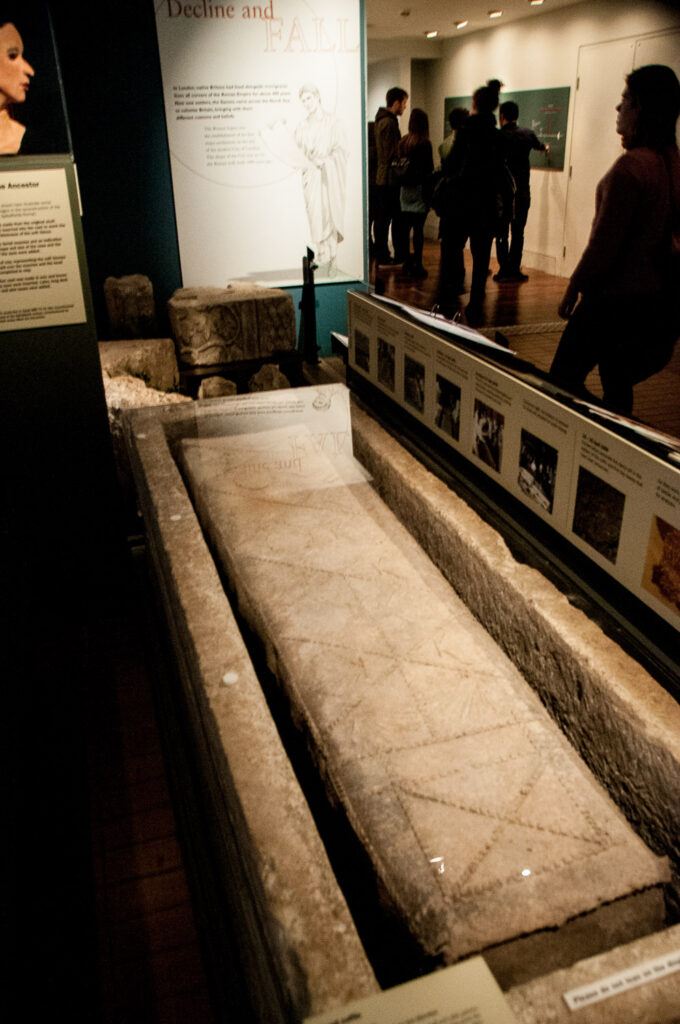
There were two paintings I really enjoyed studying. The first is entitled Eastward Ho! and was painted by Henry Nelson O’Neil in 1857. It became his most popular work …
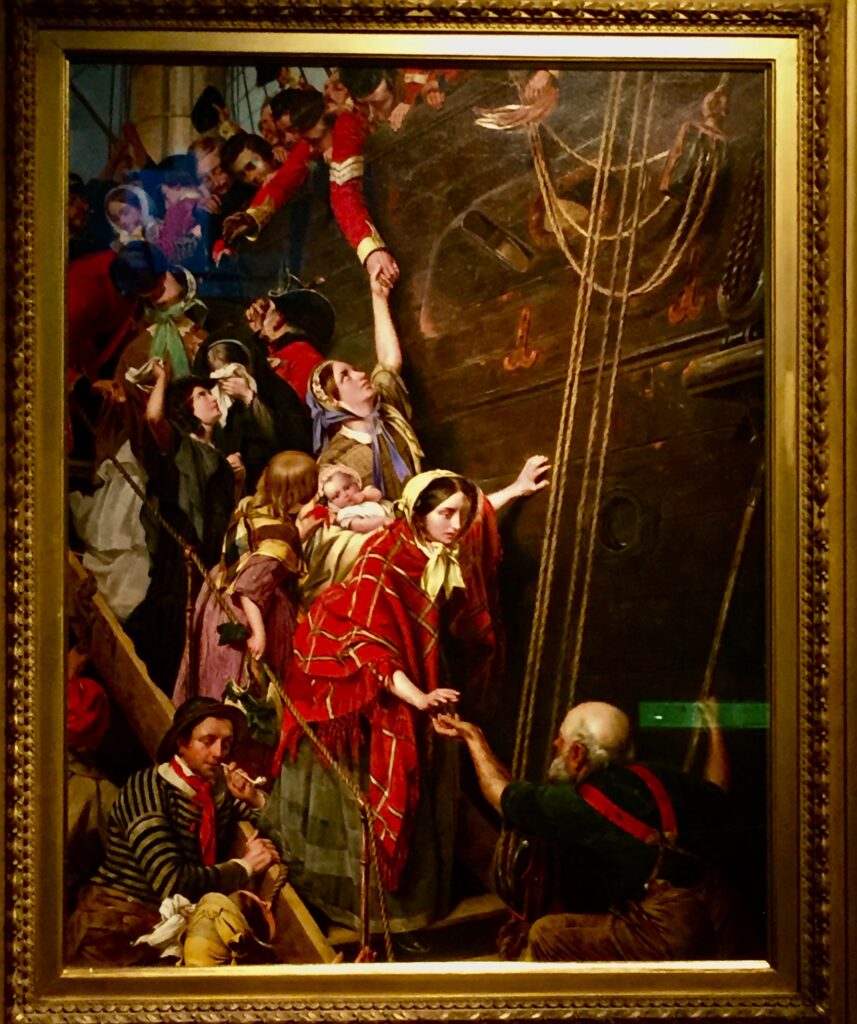
Soldiers are shown boarding a ship at Gravesend, leaving to fight in the ‘Indian Mutiny’ – the first Indian war of independence. In a poignant scene they are saying farewell to their loved ones and it is a very emotionally charged picture. For the men we can only see in their faces optimism and patriotism whilst in the faces of the women we see fear and a sense of foreboding …
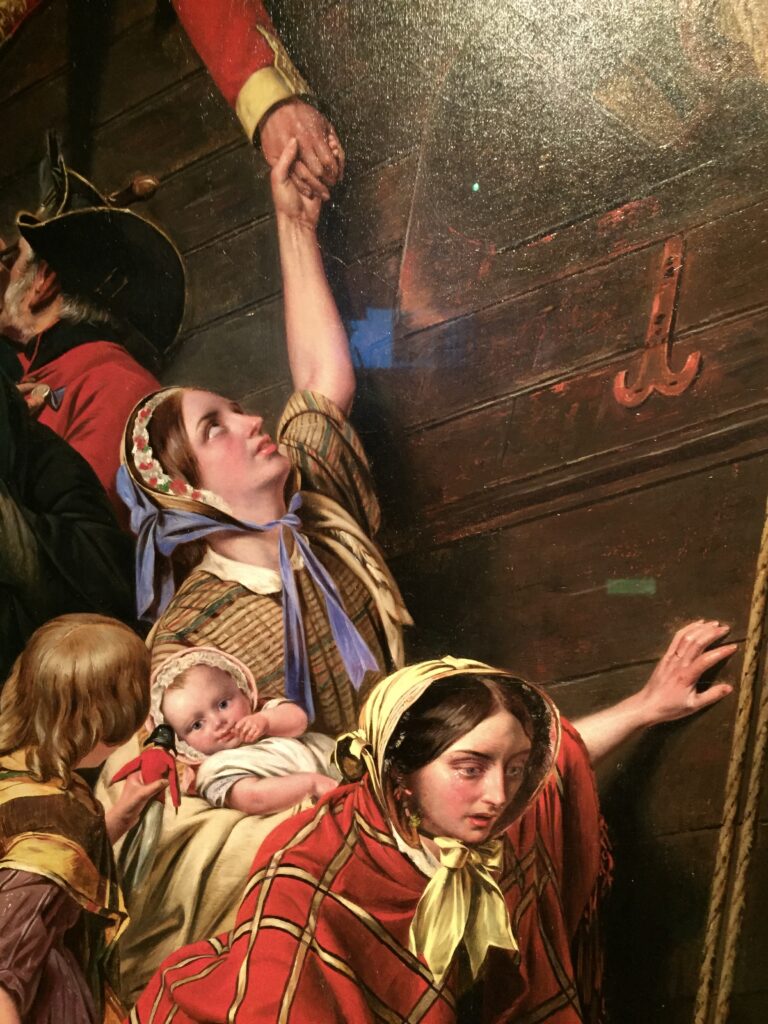
The Times newspaper commented …
Hope and aspiration are busy among these departing soldiers, and if mothers and wives, and sisters and sweethearts, go down the side sorrowing, it is a sorrow in which there is no despair, and no stain of sin and frailty…
A year later he painted Home Again …
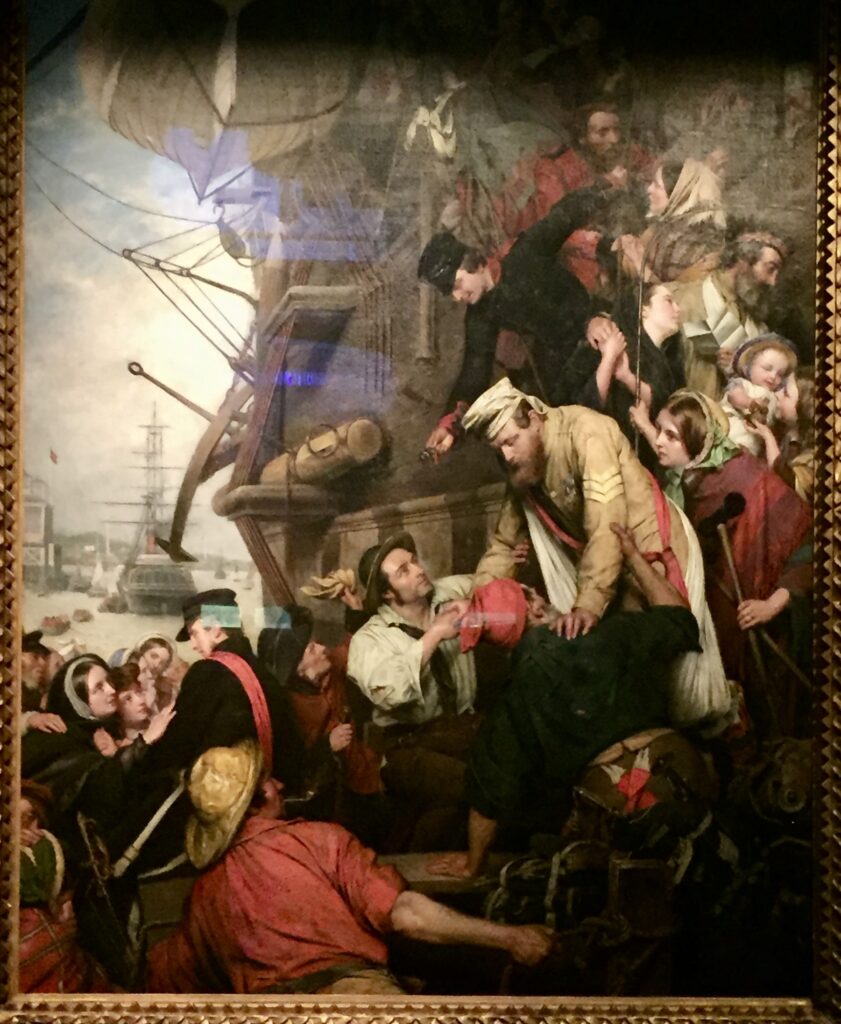
The soldiers are seen coming down the gangway of their troop ship. The main character appears to be the bearded soldier in khaki uniform with his Kilmarnock ‘pork-pie’ cap under a white cotton Havelock, which was worn to afford the wearer’s neck protection from the blazing and merciless Indian sun. I again looked particularly at the women’s faces …
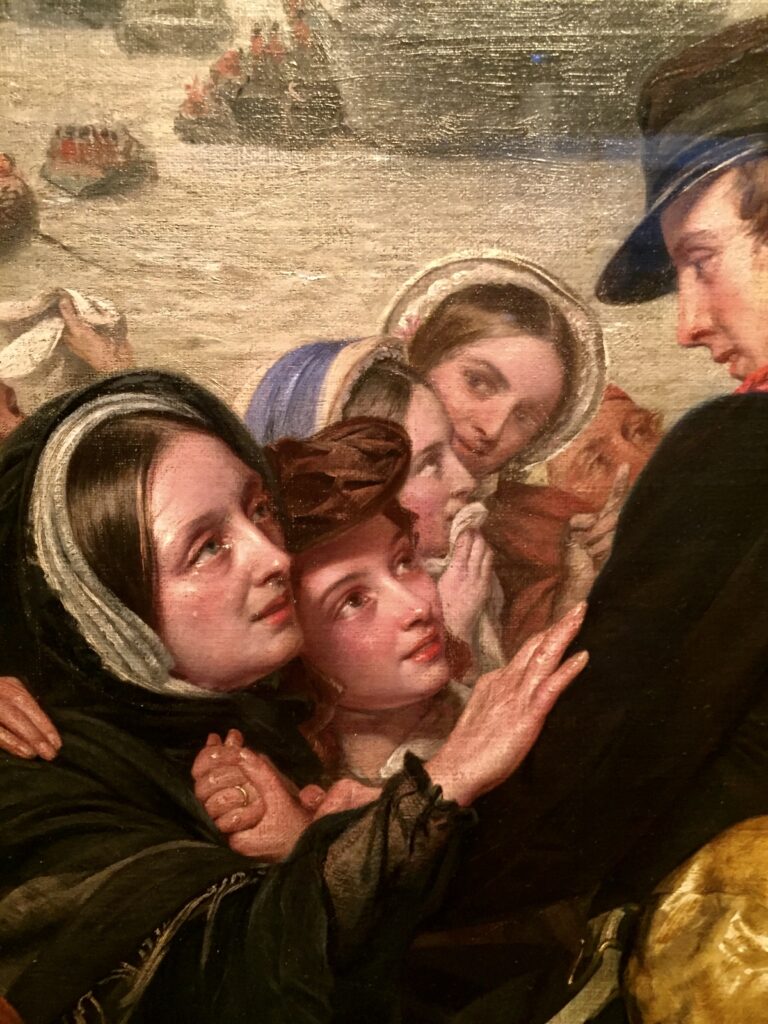
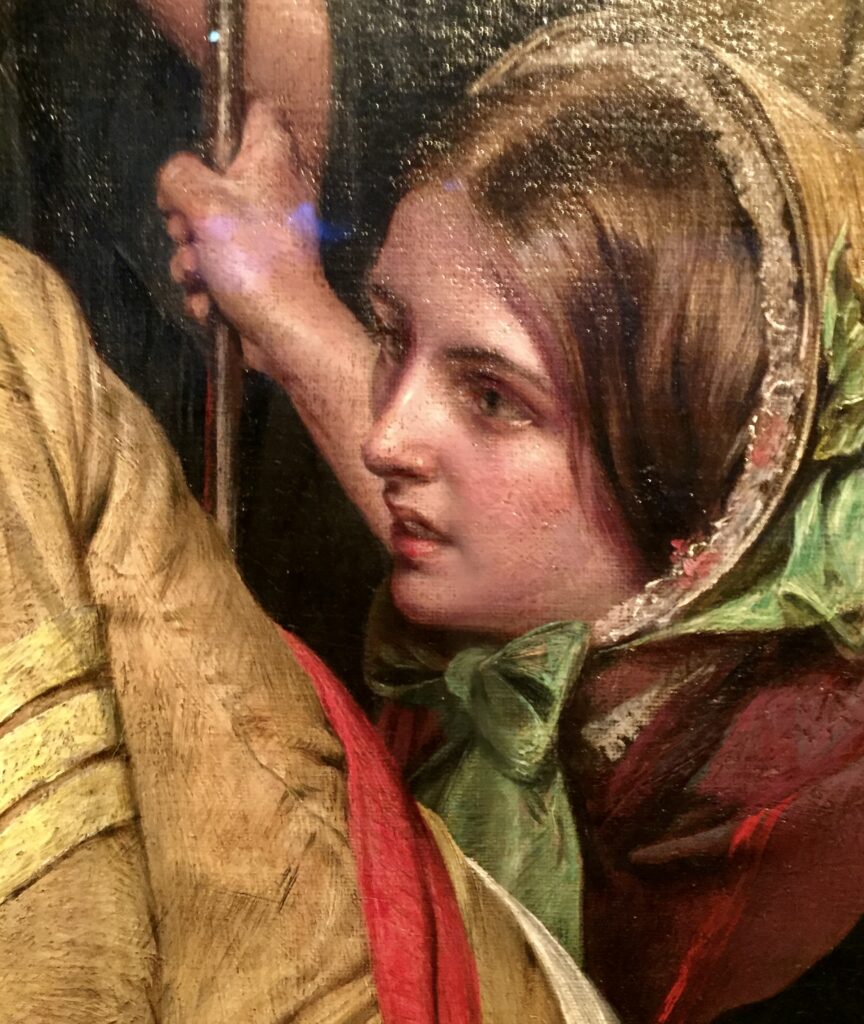
When the paintings were exhibited together in London thousands of Victorians queued to see them.
The Times had this to say about Home Again …
The crowd round the picture delight to spell out the many stories it includes – its joyous reunitings, its agonies of bereavement; the latter kept judiciously down …
Referring to a giant who was supposed to have lived in the building, this figure, known as Gerald the Giant, stood in a niche on the front elevation of Gerard’s Hall in Basing Lane and dates from around 1670. He’s not what you’d call handsome …
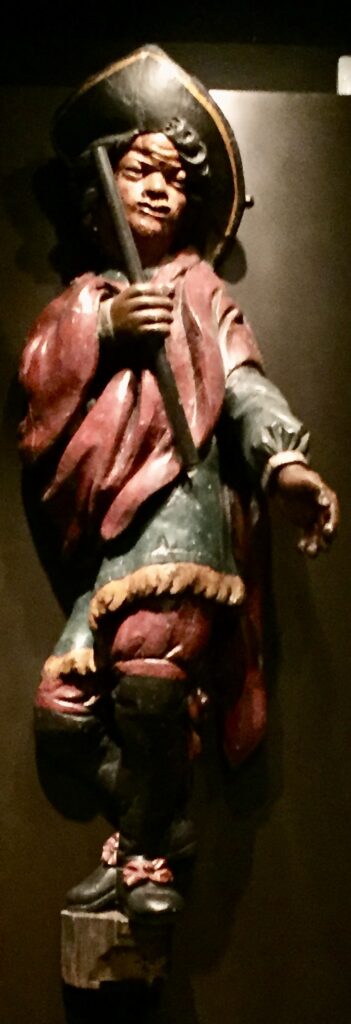
But I like his daintily decorated shoes …
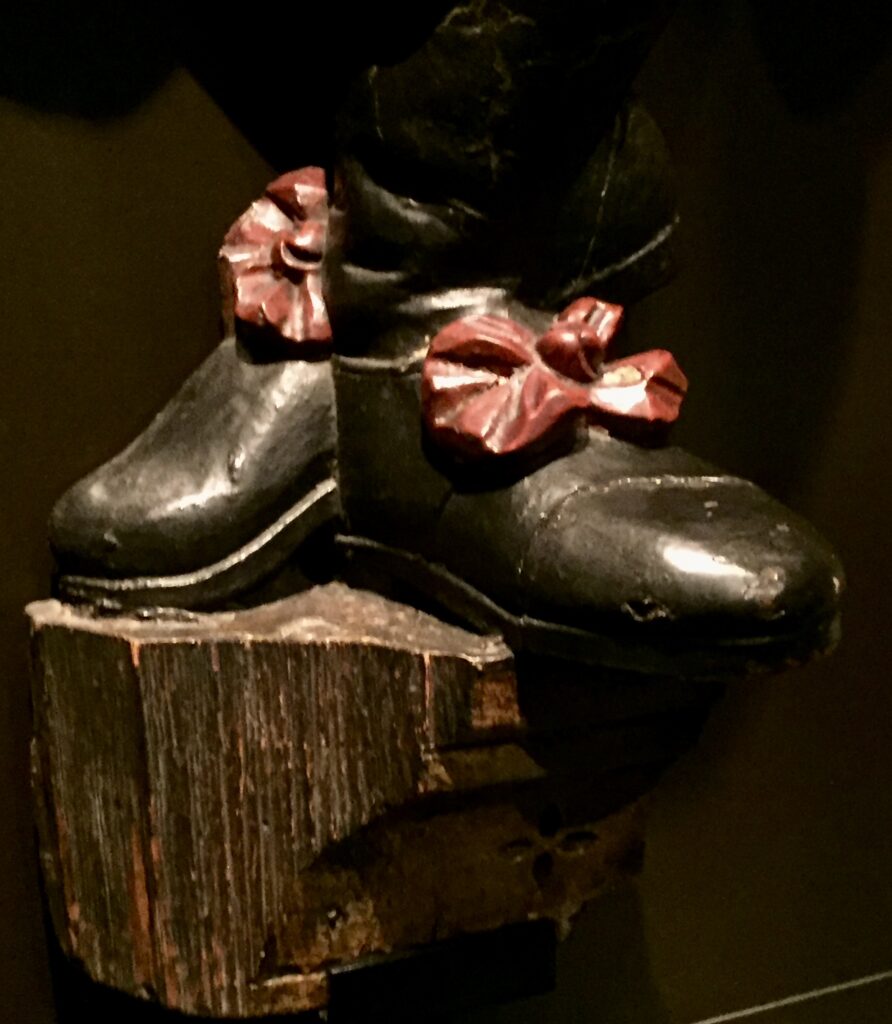
In this tobacconist’s shop sign from circa 1800 a Scottish Highlander figure is signalling that snuff is sold there. He would usually be holding a snuff mull of horn in his left hand and a pinch of snuff in his right …
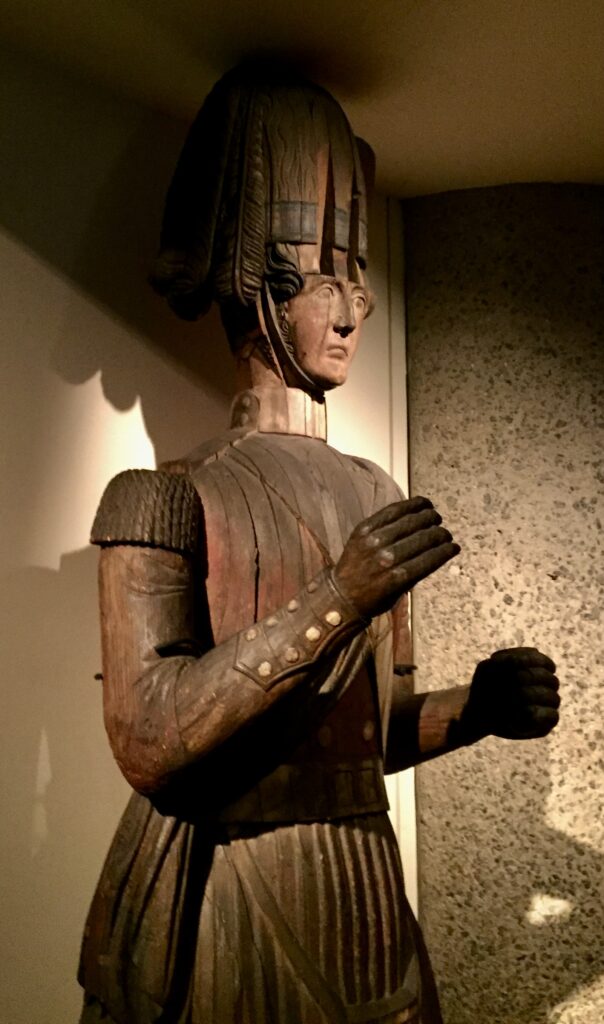

This version has been nicely restored. I think he looks a bit scary …
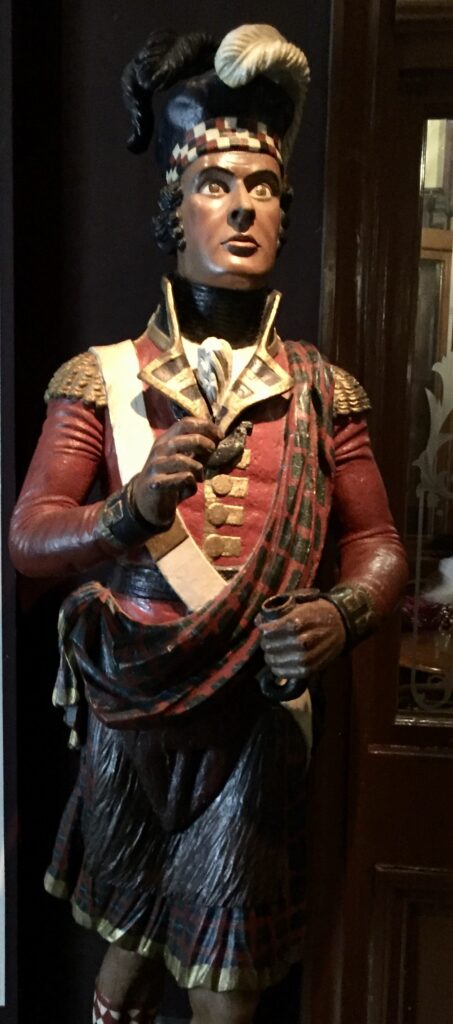
I like this lady’s cheeky grin, like she knows something we don’t. She wears a fashionable ‘wimple’, or neck cloth, under her chin …
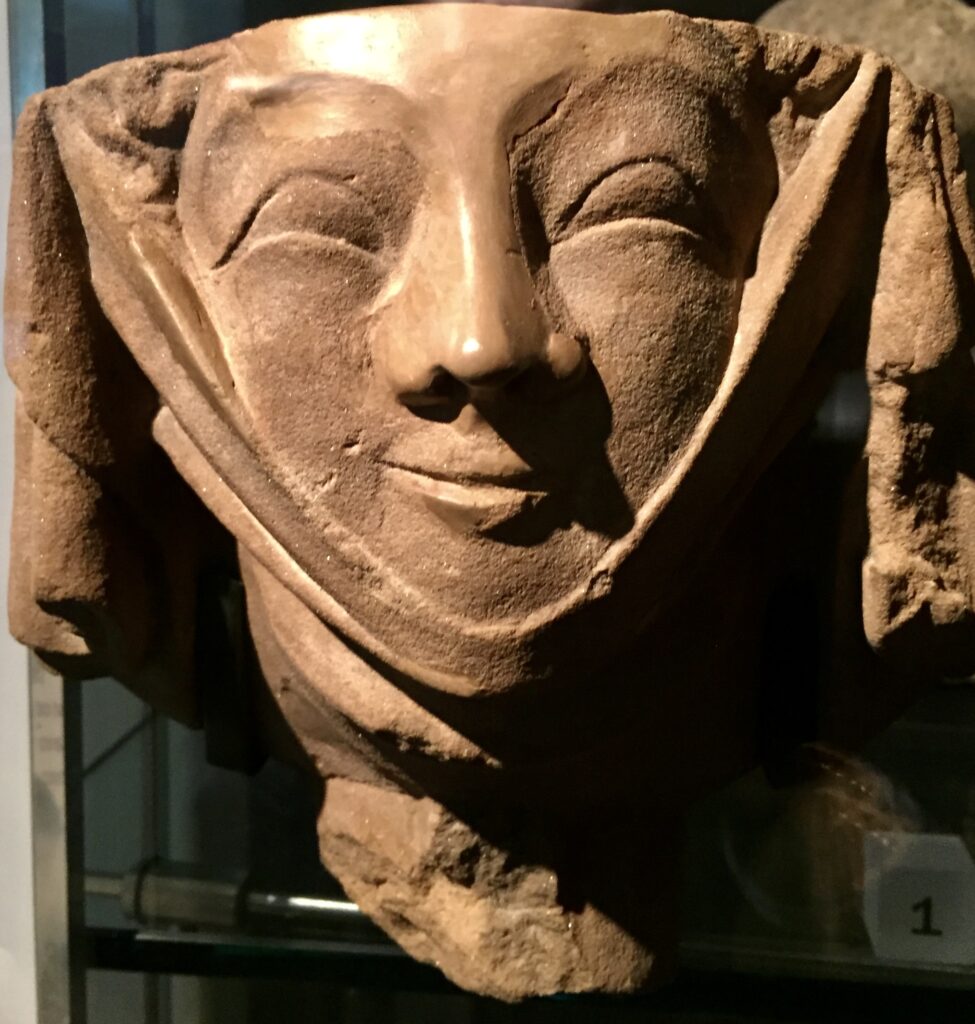
Over 700 years old, she once decorated a London building. Do you think she looks a bit like Anne Robinson?

This is one of the Civic Virtues who enriched the medieval Guildhall porch around 1480. These virtues were Temperance, Fortitude, Justice and Prudence but we don’t know which one she is …

What we do know is that she was discovered in a garden in North Wales in 1972.
This painting, John Middleton with his Family in His Drawing Room, was painted circa 1796* …
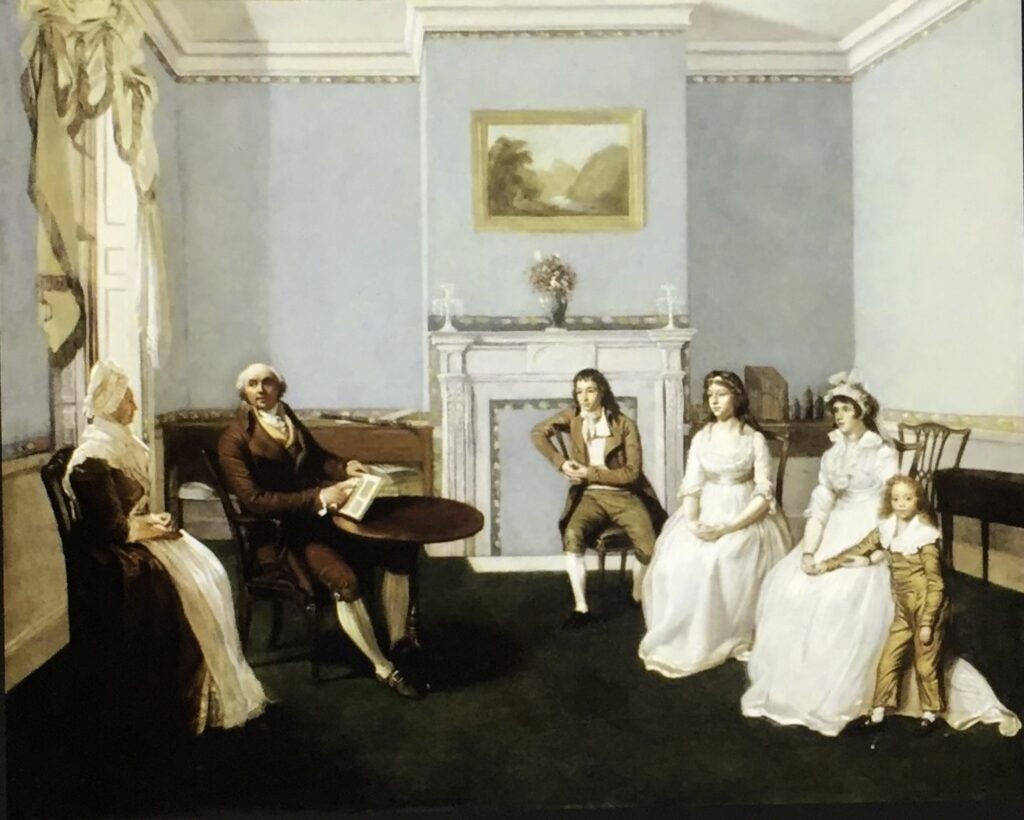
Middleton turns towards an unknown woman and the room contains a ‘square piano’, a flute and a landscape painting above the fireplace. He holds what is probably a sample book since he claimed that he ‘served the principal Artists with their Cloths, Oils, Colours’. The family lived above his shop at 80-81 St Martin’s Lane.
In the picture his four children, Jesse, Anna, Sarah and Joshua pose appropriately. I like the serene expressions on the girls’ faces with the older son paying respectful attention to what his father is saying …
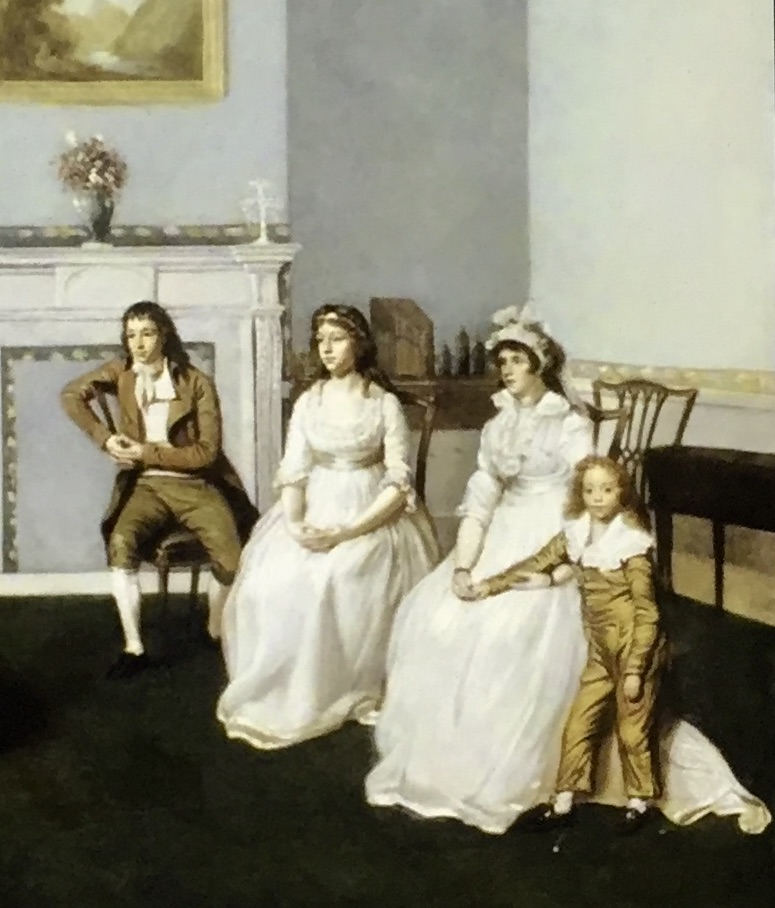
And finally, this cotton dress, emblazoned with the faces of the Fab Four, was available from C&A, a high street clothing shop. It testifies to the way young Londoners embraced the new music and fashions of the ‘Swinging Sixties’ …
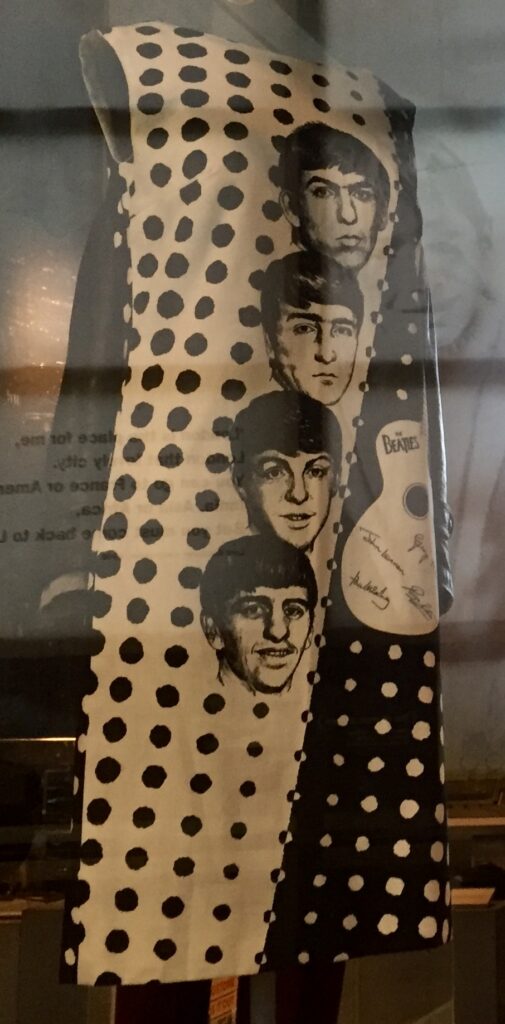
Some true fans wearing images of their idols (note the wallpaper too!) …
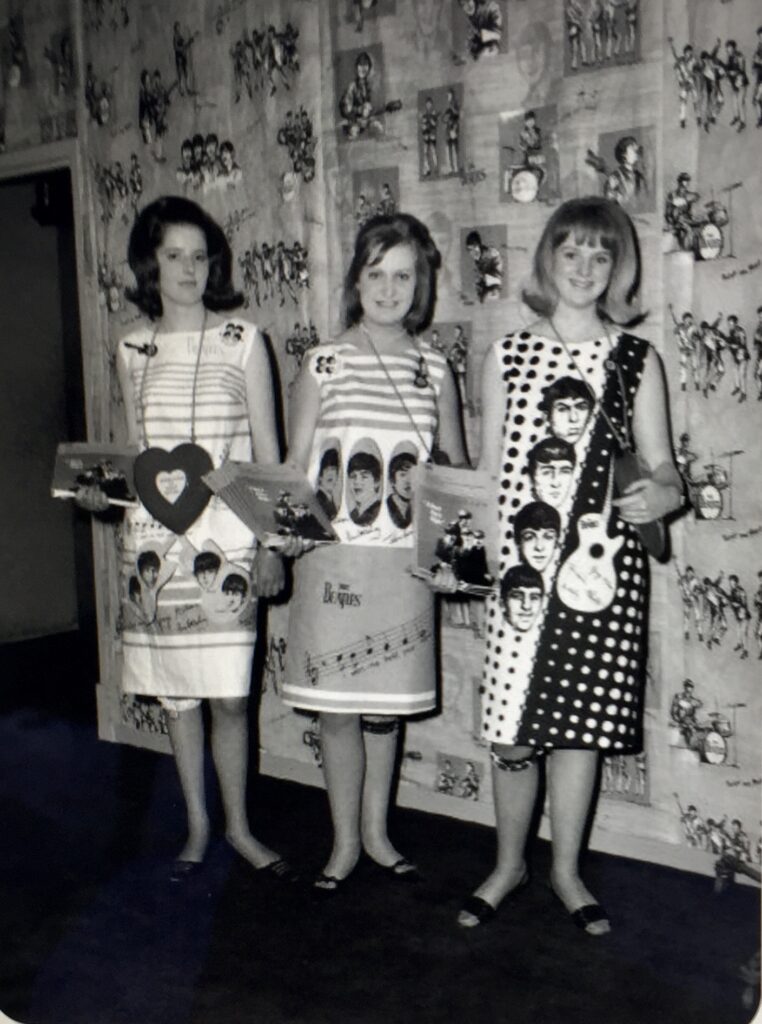
If you would like to follow me on Instagram here is the link …
https://www.instagram.com/london_city_gent/
*Picture credit Museum of London – I couldn’t get a good image because these items are behind glass.


